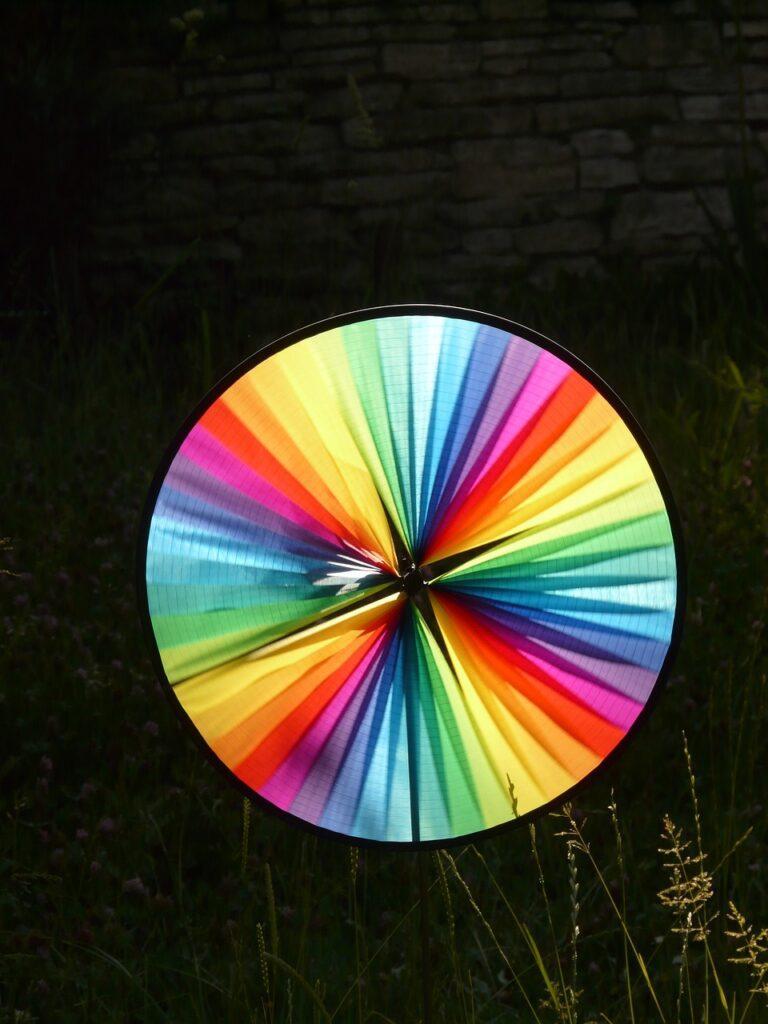Are you a beginner pianist and want to know how to read piano sheet music? Or are you a parent and want to figure out if your child is ready to play piano? This post covers the basics of how to read piano sheet music. In addition, it has links to practical examples so you can get an idea of what it’s like to play and read piano music. Keep reading “How to Read Piano Sheet Music for Beginners” to embark on your musical voyage. Estimated reading time 5 minutes.
Read More

